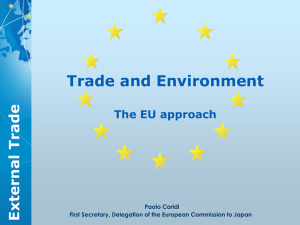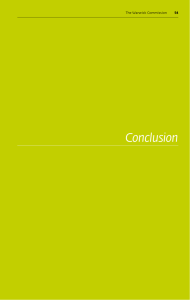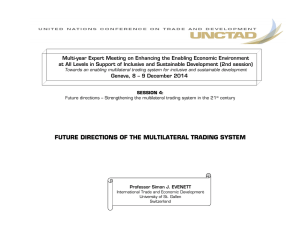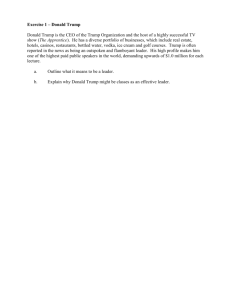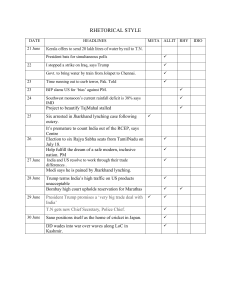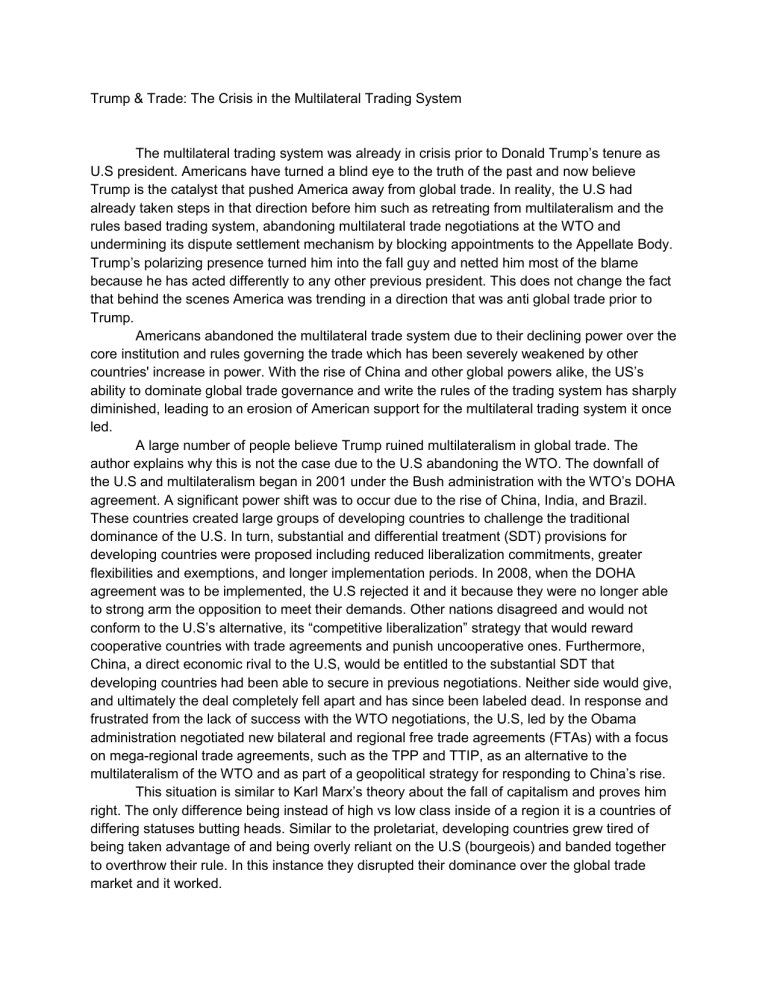
Trump & Trade: The Crisis in the Multilateral Trading System The multilateral trading system was already in crisis prior to Donald Trump’s tenure as U.S president. Americans have turned a blind eye to the truth of the past and now believe Trump is the catalyst that pushed America away from global trade. In reality, the U.S had already taken steps in that direction before him such as retreating from multilateralism and the rules based trading system, abandoning multilateral trade negotiations at the WTO and undermining its dispute settlement mechanism by blocking appointments to the Appellate Body. Trump’s polarizing presence turned him into the fall guy and netted him most of the blame because he has acted differently to any other previous president. This does not change the fact that behind the scenes America was trending in a direction that was anti global trade prior to Trump. Americans abandoned the multilateral trade system due to their declining power over the core institution and rules governing the trade which has been severely weakened by other countries' increase in power. With the rise of China and other global powers alike, the US’s ability to dominate global trade governance and write the rules of the trading system has sharply diminished, leading to an erosion of American support for the multilateral trading system it once led. A large number of people believe Trump ruined multilateralism in global trade. The author explains why this is not the case due to the U.S abandoning the WTO. The downfall of the U.S and multilateralism began in 2001 under the Bush administration with the WTO’s DOHA agreement. A significant power shift was to occur due to the rise of China, India, and Brazil. These countries created large groups of developing countries to challenge the traditional dominance of the U.S. In turn, substantial and differential treatment (SDT) provisions for developing countries were proposed including reduced liberalization commitments, greater flexibilities and exemptions, and longer implementation periods. In 2008, when the DOHA agreement was to be implemented, the U.S rejected it and it because they were no longer able to strong arm the opposition to meet their demands. Other nations disagreed and would not conform to the U.S’s alternative, its “competitive liberalization” strategy that would reward cooperative countries with trade agreements and punish uncooperative ones. Furthermore, China, a direct economic rival to the U.S, would be entitled to the substantial SDT that developing countries had been able to secure in previous negotiations. Neither side would give, and ultimately the deal completely fell apart and has since been labeled dead. In response and frustrated from the lack of success with the WTO negotiations, the U.S, led by the Obama administration negotiated new bilateral and regional free trade agreements (FTAs) with a focus on mega-regional trade agreements, such as the TPP and TTIP, as an alternative to the multilateralism of the WTO and as part of a geopolitical strategy for responding to China’s rise. This situation is similar to Karl Marx’s theory about the fall of capitalism and proves him right. The only difference being instead of high vs low class inside of a region it is a countries of differing statuses butting heads. Similar to the proletariat, developing countries grew tired of being taken advantage of and being overly reliant on the U.S (bourgeois) and banded together to overthrow their rule. In this instance they disrupted their dominance over the global trade market and it worked.


